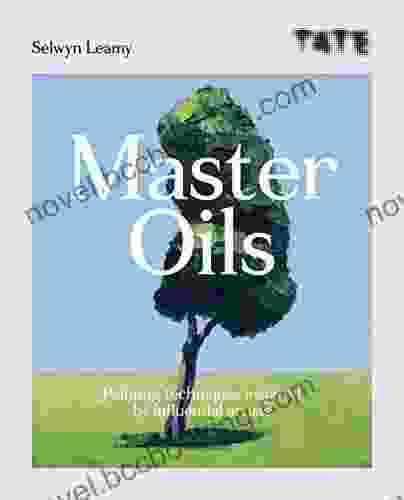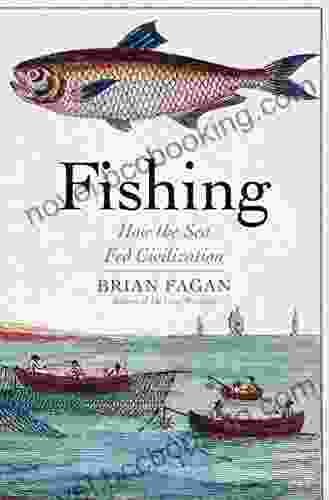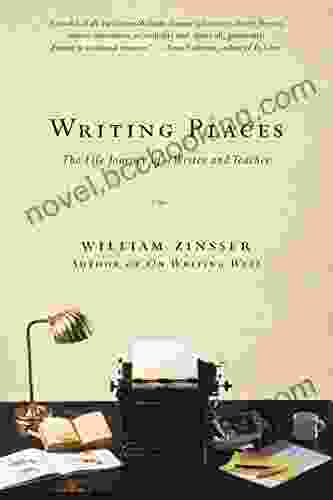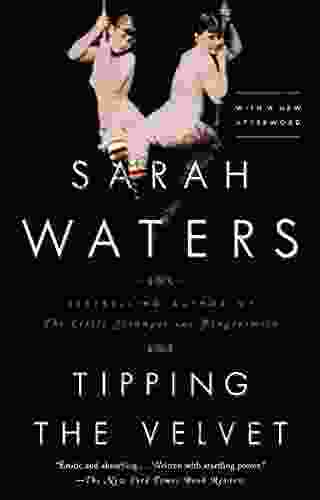Painting Techniques Inspired By Influential Artists

****
The world of art is a vast and ever-evolving landscape, with new techniques and styles emerging constantemente. However, throughout the centuries, certain artists have left an indelible mark on the art world, their techniques and styles inspiring generations of artists to come.
This book, "Painting Techniques Inspired By Influential Artists," delves into the techniques and secrets of some of the most influential artists in history, providing a comprehensive guide for aspiring artists and art enthusiasts alike.
Chapter 1: The Masters of the Renaissance
The Renaissance period witnessed a resurgence of interest in classical art and culture, and produced some of the most renowned artists in history. This chapter explores the techniques of such masters as Leonardo da Vinci, Michelangelo, and Raphael.
4.4 out of 5
| Language | : | English |
| File size | : | 92623 KB |
| Text-to-Speech | : | Enabled |
| Screen Reader | : | Supported |
| Enhanced typesetting | : | Enabled |
| Print length | : | 286 pages |
| X-Ray for textbooks | : | Enabled |
Leonardo da Vinci
Leonardo da Vinci was a true Renaissance man, with interests in art, science, and engineering. His painting technique was characterized by the use of sfumato, a subtle blending of colors and tones, and the Mona Lisa is perhaps the most famous example of this technique.
Michelangelo
Michelangelo was a master sculptor and painter, known for his powerful and expressive figures. His painting technique often involved the use of chiaroscuro, a strong contrast between light and dark, as seen in his iconic Sistine Chapel ceiling frescoes.
Raphael
Raphael was known for his graceful and harmonious compositions, and his painting technique emphasized the use of linear perspective, which creates the illusion of depth. His School of Athens fresco is a classic example of this technique.
Chapter 2: The Impressionists
The Impressionists were a group of 19th-century artists who broke away from the traditional conventions of painting, and instead sought to capture the fleeting effects of light and atmosphere. This chapter examines the techniques of Claude Monet, Pierre-Auguste Renoir, and Edgar Degas.
Claude Monet
Claude Monet was the father of Impressionism, and his paintings are characterized by the use of broken brushstrokes and pure colors, which create a sense of luminosity and movement. His Water Lilies series is a testament to his mastery of this technique.
Pierre-Auguste Renoir
Pierre-Auguste Renoir was another leading Impressionist, known for his cheerful and vibrant paintings. His technique often involved the use of soft, rounded brushstrokes and warm colors, which conveyed a sense of warmth and intimacy. His Bal du moulin de la Galette is a classic example of this style.
Edgar Degas
Edgar Degas was a versatile artist who worked in a variety of mediums, including painting, sculpture, and drawing. His painting technique was characterized by the use of pastel colors and precise lines, which captured the movement and grace of his subjects. His The Little Fourteen-Year-Old Dancer is a well-known example of his distinctive style.
Chapter 3: The Post-Impressionists
The Post-Impressionists were a group of artists who followed the Impressionists, but developed their own distinct styles. This chapter explores the techniques of Vincent van Gogh, Paul Cézanne, and Paul Gauguin.
Vincent van Gogh
Vincent van Gogh was a tormented artist, and his paintings are characterized by the use of bold colors and impasto brushstrokes, which create a sense of emotion and intensity. His Starry Night is perhaps the most famous example of this technique.
Paul Cézanne
Paul Cézanne was a pioneer of modern art, and his paintings are characterized by the use of geometric shapes and muted colors, which create a sense of structure and Free Download. His Mont Sainte-Victoire series is a testament to his mastery of this technique.
Paul Gauguin
Paul Gauguin was a colorful character who spent much of his life in Tahiti, and his paintings are characterized by the use of flat colors and bold patterns, which reflect the exotic landscapes and cultures he encountered. His The Yellow Christ is a well-known example of this style.
Chapter 4: The Modernists
The Modernists were a group of 20th-century artists who broke away from traditional forms of representation, and experimented with new techniques and styles. This chapter examines the techniques of Pablo Picasso, Henri Matisse, and Salvador Dalí.
Pablo Picasso
Pablo Picasso was one of the most influential artists of the 20th century, and his work spans a wide range of styles, from realism to abstraction. This chapter explores his Cubist and Surrealist techniques, which challenged traditional notions of space and perspective.
Henri Matisse
Henri Matisse was a master colorist, and his paintings are characterized by the use of flat colors and bold lines, which create a sense of harmony and balance. His The Dance is a classic example of this technique.
Salvador Dalí
Salvador Dalí was a Surrealist artist, known for his dreamlike and bizarre paintings. This chapter explores his parametric technique, which involved the use of geometric shapes and patterns, and his biomorphic technique, which involved the use of organic forms. His The Persistence of Memory is perhaps the most famous example of his distinctive style.
Chapter 5: The Contemporary Artists
Contemporary art is a diverse and ever-changing landscape, with new techniques and styles emerging constantly. This chapter examines the techniques of some of the leading contemporary artists, such as Anish Kapoor, Yayoi Kusama, and Ai Weiwei.
Anish Kapoor
Anish Kapoor is a British sculptor, known for his large-scale installations and his use of reflective materials. His works often explore themes of infinity and perception.
Yayoi Kusama
Yayoi Kusama is a Japanese artist, known for her polka dot paintings and installations. Her works often explore themes of obsession, repetition, and infinity.
Ai Weiwei
Ai Weiwei is a Chinese artist, known for his political and social commentary. His works often involve the use of found objects and industrial materials.
****
The techniques of influential artists have left a lasting legacy on the world of art, providing inspiration and guidance to generations of artists to come. This book has explored the techniques of some of the most influential artists in history, from the masters of the Renaissance to contemporary artists. By understanding these techniques, aspiring artists can gain invaluable insights into the creative process and develop their own unique styles.
4.4 out of 5
| Language | : | English |
| File size | : | 92623 KB |
| Text-to-Speech | : | Enabled |
| Screen Reader | : | Supported |
| Enhanced typesetting | : | Enabled |
| Print length | : | 286 pages |
| X-Ray for textbooks | : | Enabled |
Do you want to contribute by writing guest posts on this blog?
Please contact us and send us a resume of previous articles that you have written.
 Book
Book Novel
Novel Page
Page Chapter
Chapter Text
Text Story
Story Genre
Genre Reader
Reader Library
Library Paperback
Paperback E-book
E-book Magazine
Magazine Newspaper
Newspaper Paragraph
Paragraph Sentence
Sentence Bookmark
Bookmark Shelf
Shelf Glossary
Glossary Bibliography
Bibliography Foreword
Foreword Preface
Preface Synopsis
Synopsis Annotation
Annotation Footnote
Footnote Manuscript
Manuscript Scroll
Scroll Codex
Codex Tome
Tome Bestseller
Bestseller Classics
Classics Library card
Library card Narrative
Narrative Biography
Biography Autobiography
Autobiography Memoir
Memoir Reference
Reference Encyclopedia
Encyclopedia Sambou Kamissoko
Sambou Kamissoko Sarah Jefford
Sarah Jefford Wade D Pfau
Wade D Pfau Jim Hoffmann
Jim Hoffmann Riva Lehrer
Riva Lehrer Sarah S Richardson
Sarah S Richardson Sunny Anderson
Sunny Anderson Sara Cullen
Sara Cullen Sophie Stern
Sophie Stern Rich Rousseau
Rich Rousseau Robert Lacey
Robert Lacey Randy Ribay
Randy Ribay Taylor Armstrong
Taylor Armstrong Traci Bunkers
Traci Bunkers Ted Cadsby
Ted Cadsby Ridge Magee
Ridge Magee Ryan Cooper
Ryan Cooper Rashawn Wright
Rashawn Wright Selwyn Leamy
Selwyn Leamy Kathleen Krull
Kathleen Krull
Light bulbAdvertise smarter! Our strategic ad space ensures maximum exposure. Reserve your spot today!
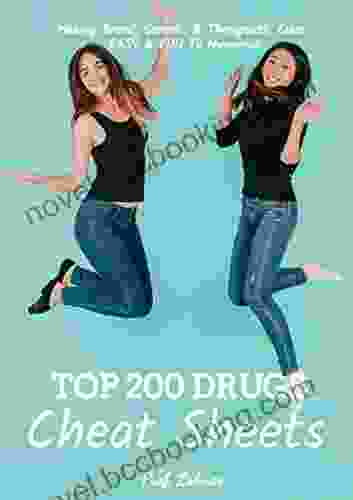
 Fredrick CoxThe Cheat Codes to Memorizing The Top 200 Drugs: A Revolutionary Guide for...
Fredrick CoxThe Cheat Codes to Memorizing The Top 200 Drugs: A Revolutionary Guide for...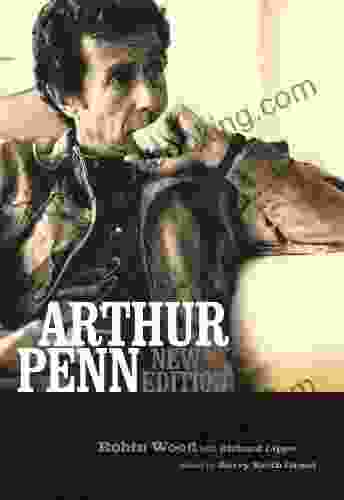
 Jeremy MitchellNew Edition Contemporary Approaches To Film And Media Series: Unlocking New...
Jeremy MitchellNew Edition Contemporary Approaches To Film And Media Series: Unlocking New... Jamison CoxFollow ·18.5k
Jamison CoxFollow ·18.5k Guy PowellFollow ·19.5k
Guy PowellFollow ·19.5k Daniel KnightFollow ·13.7k
Daniel KnightFollow ·13.7k Arthur MasonFollow ·18.1k
Arthur MasonFollow ·18.1k Julian PowellFollow ·17.1k
Julian PowellFollow ·17.1k Logan CoxFollow ·9.7k
Logan CoxFollow ·9.7k Kenzaburō ŌeFollow ·5.7k
Kenzaburō ŌeFollow ·5.7k Colin FosterFollow ·5.7k
Colin FosterFollow ·5.7k

 Steven Hayes
Steven HayesEmbark on Unforgettable Adventures: Discover the Best of...
Unveiling the Enchanting Trails of the...

 Jarrett Blair
Jarrett BlairMaster the Road: Ace Your North Carolina Driver's Test...
Unlock the Secrets to...
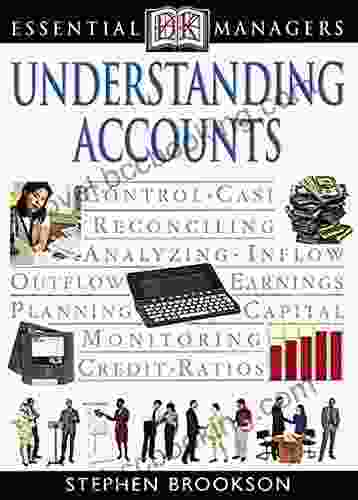
 Brent Foster
Brent FosterDk Essential Managers Understanding Accounts: Your...
In today's...
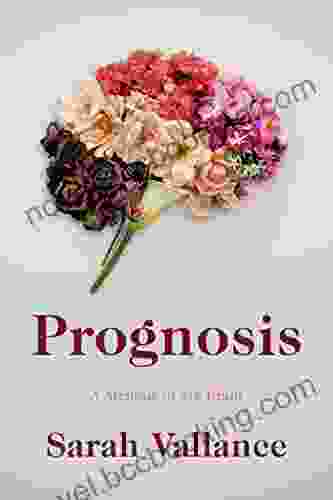
 Isaac Mitchell
Isaac MitchellPrognosis: A Memoir of My Brain - A Journey of Hope and...
In 2013, Eve Ensler was diagnosed with a...
4.4 out of 5
| Language | : | English |
| File size | : | 92623 KB |
| Text-to-Speech | : | Enabled |
| Screen Reader | : | Supported |
| Enhanced typesetting | : | Enabled |
| Print length | : | 286 pages |
| X-Ray for textbooks | : | Enabled |


